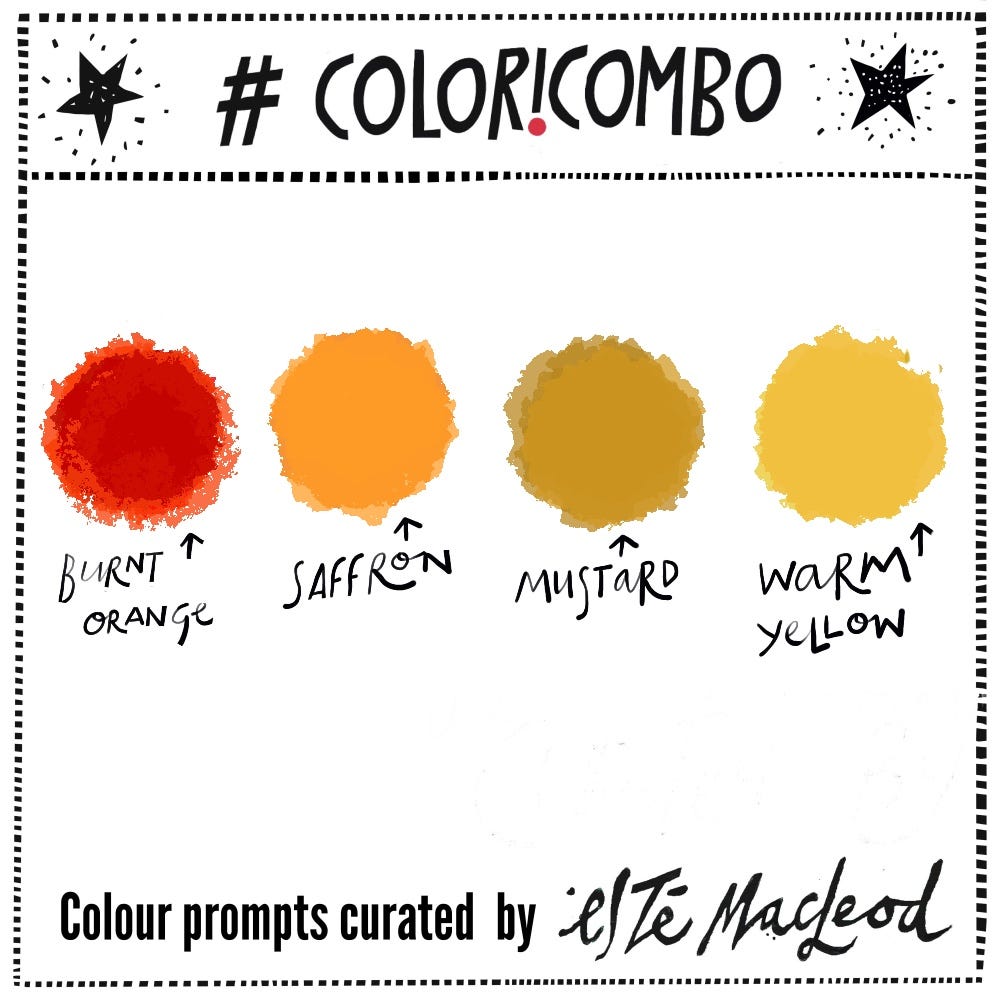Named after the most precious spice
Week 35s colours are Burnt Orange, Saffron, Mustard & Warm Yellow
Over the weekend we travelled up towards Cambridge with our son who will be moving there soon to start working. It was a fun day, driving about, scouting the region and discovering quaint towns and villages to the south of the city.
The town that we loved exploring most was Saffron Walden in Essex, just over ten miles south of Cambridge. It is a bustling, charming place with many buildings dating from medieval times and some decorated with a relief plastering technique called pargeter, you can see some below.
The town used to be called Chepyng Walden but in 1511 the name was changed to Saffron Walden because of the production of saffron in the region.
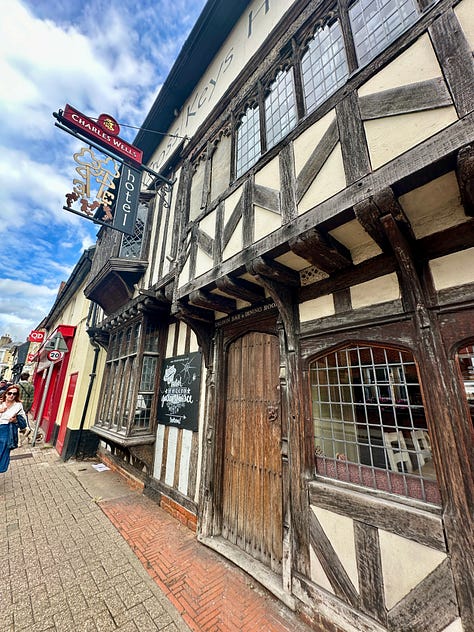

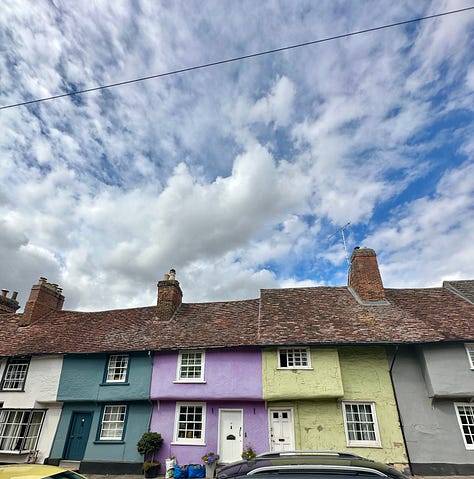
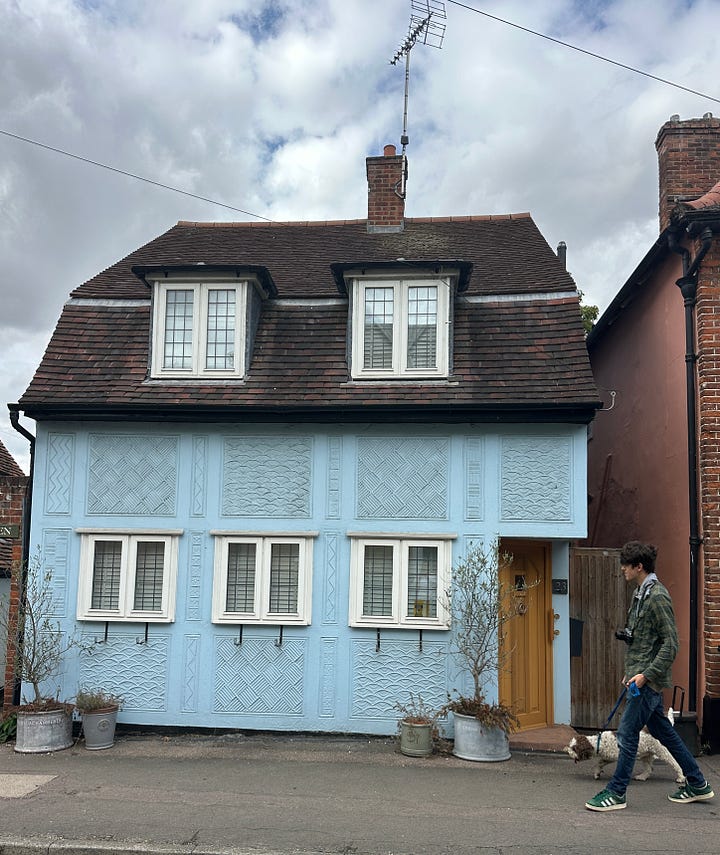
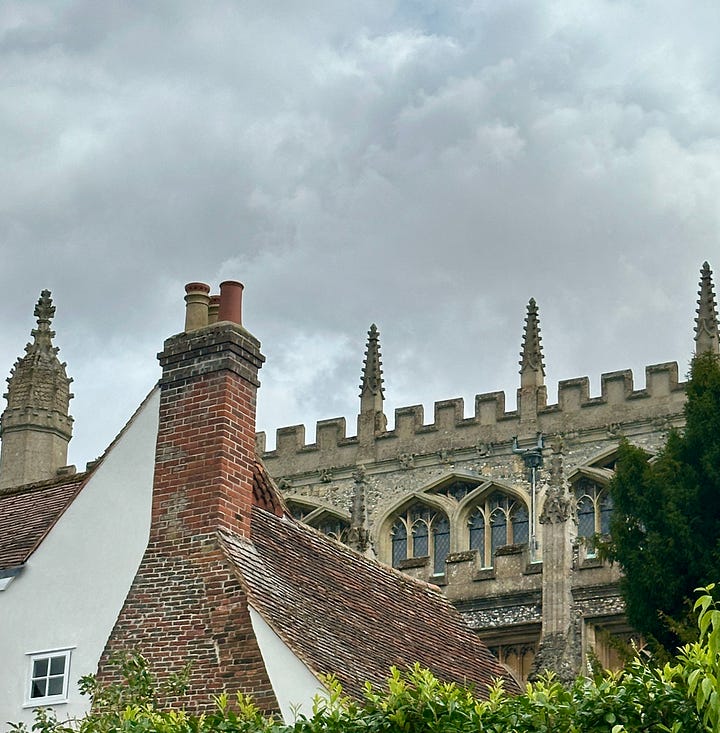
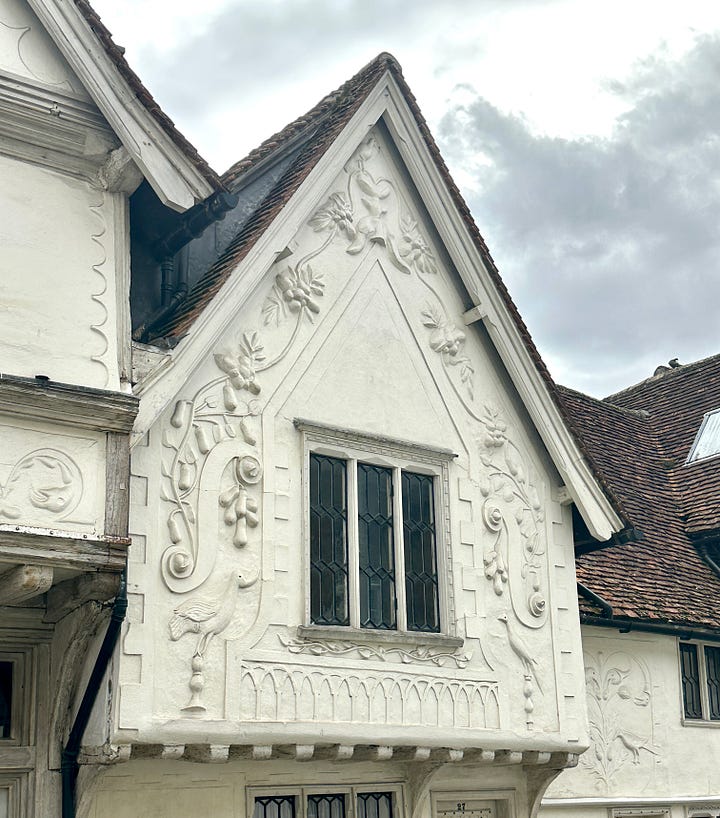

Saffron itself is still the most expensive spice by weight and it comes from the flower of the crocus sativus (or saffron crocus). Each flower produces three delicate red stigmas during a brief flowering period in Autumn and these have to be harvested by hand. It can take two hundred flowers to produce a single gram of saffron, which explains a price tag that can reach thousands of dollars per kilogram.
The spice has a distinctive golden colour, a subtle honey-like fragrance and a complex flavour that combines sweet, metallic and slightly bitter notes. It’s an essential ingredient in many dishes around the world, such as Persian rice dishes, Indian biryanis and Spanish paella.
Saffron has also been valued for medicinal properties and as a dye throughout history. It’s been used to colour royal garments and Buddhist robes and Venetian women apparently used it as a hair dye, mixing it together with honey, egg yolk and sulphur!
The flower was likely brought back to England by the Crusaders from Persia. The soil around Saffron Walden suited it perfectly and it was grown there from the early Middle Ages. It was also processed and sold at market there alongside associated industries such as a dye works referenced in 1359. The trade in saffron peaked in the 1500s, around the time Henry VIII granted the town a charter decorated with the saffron crocus which is still used today.
In 1574 there were so many discarded flowers that they clogged up the River Slade and a decree was issued warning that any subsequent “littering” would be punished by two days and nights in the stocks.
The growing of saffron around Saffron Walden gradually declined due to the hugely labour intensive processes and saffron ceased to be grown at all in Saffron Walden in the 1700s. Today Iran produces more than 80% of the world's saffron with Kashmir and Spain other notable growing regions.
Here’s more information from the Saffron Walden Museum and a video about the town showing the market that’s been there continuously since 1141.
“Dried saffron strands”
Colour Combination
The colours this week are Burnt Orange, Saffron, Mustard & Warm Yellow. Use the colours along with a contrasting dark and neutral light colour if you wish. Create an artwork in any medium or style.
I love seeing what you create. If you’re posting on Instagram, please tag #coloricombo and #estemacleod and join us in the private Facebook group Creative Prompts.


